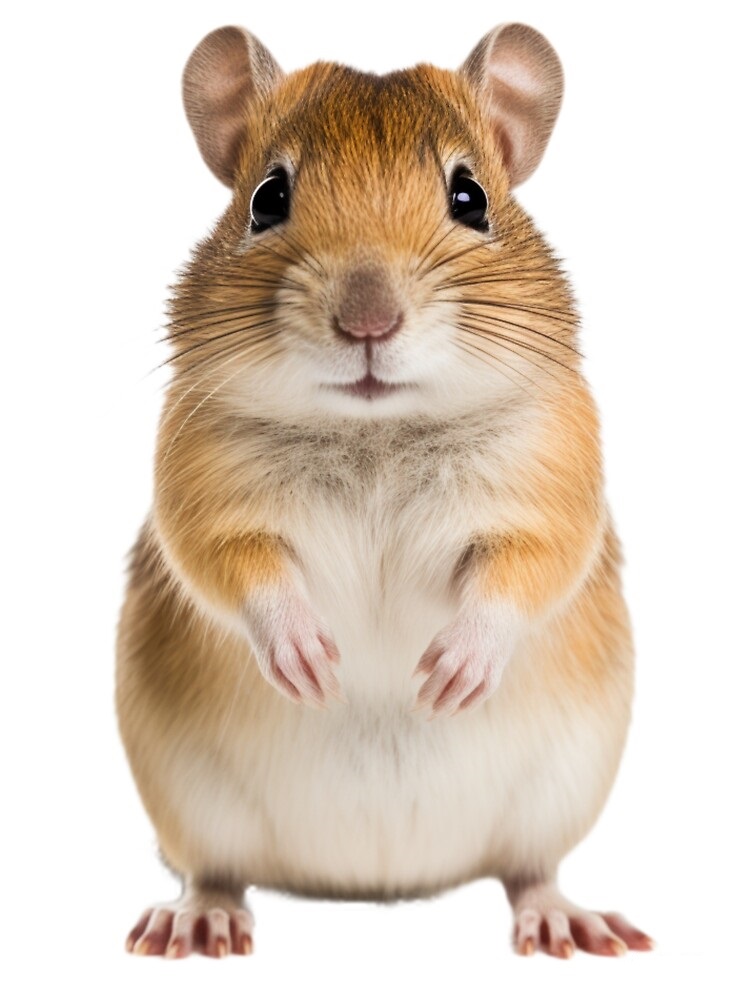Gerbils are small, energetic, and absolutely delightful pets. Known for their friendly nature and curious personalities, these little rodents make great companions, especially for families and first-time pet owners. If you’re thinking about getting a gerbil or already have one and want to learn more, this guide will walk you through everything you need to know about keeping your furry friend happy, healthy, and well cared for.
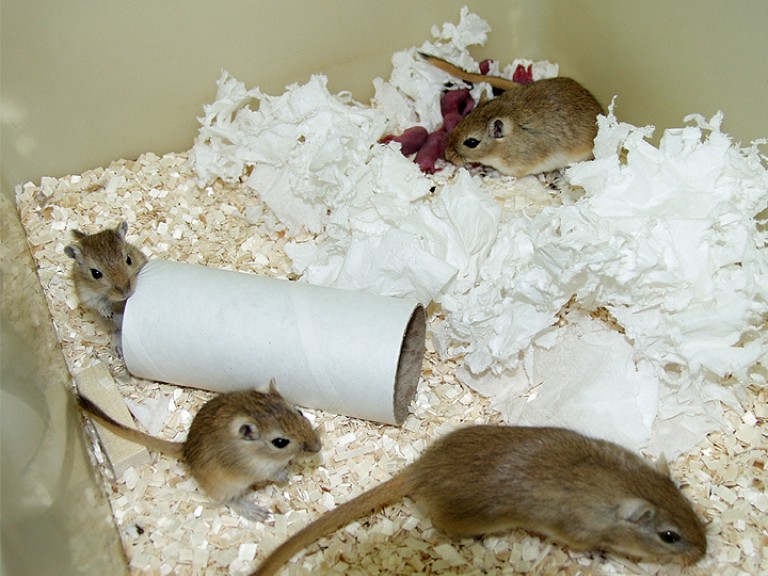
What is a Gerbil?
Gerbils are small, desert-dwelling rodents that are originally from Asia and Africa. The most common type kept as a pet is the Mongolian gerbil (Meriones unguiculatus). These animals are known for their ability to dig, their curious nature, and their impressive jumping abilities! Gerbils typically live between 3 to 4 years with proper care, but some can live longer.
Gerbil Origins and Natural Habitat
In the wild, gerbils live in burrows to escape the heat of their natural desert environments. They’re highly social animals and often live in groups, working together to build complex tunnel systems. This instinct to dig and burrow is something you’ll notice in your pet gerbil, and it’s important to create an environment that allows them to express these natural behaviors.
Physical Characteristics of Gerbils
Gerbils are small, typically about 4-5 inches long (excluding the tail), and they weigh around 70-130 grams. Their tails are usually as long as their bodies and are covered in fur, unlike other rodents. They have large eyes, long whiskers, and short, strong legs perfect for digging and jumping. Gerbils come in various colors, from the classic golden agouti to black, white, and even gray.
Common Gerbil Species
While the Mongolian gerbil is the most common species kept as a pet, there are over 100 different species of gerbils in the wild. Pet owners may also come across other species, like the fat-tailed gerbil, which is slightly different in appearance but shares many of the same care requirements.
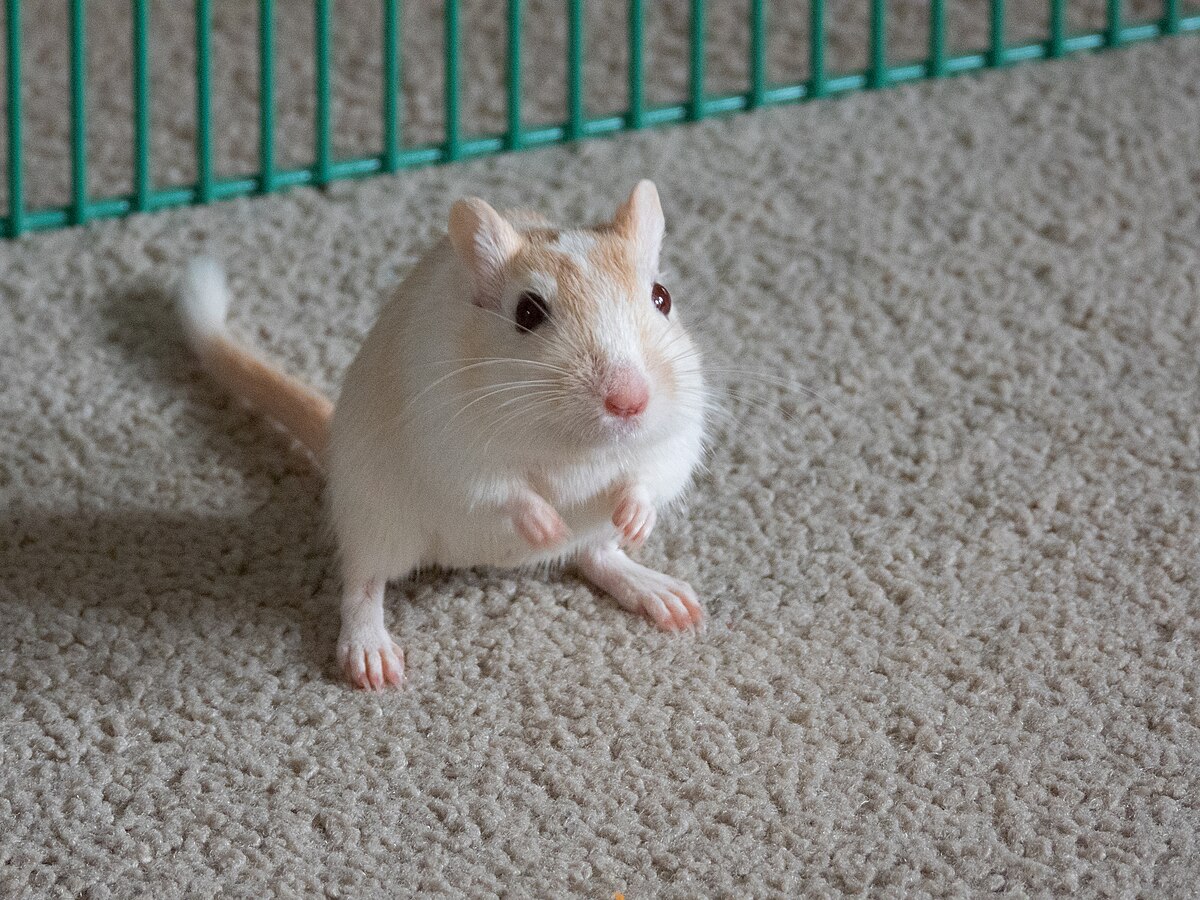
Setting Up the Perfect Gerbil Habitat
A gerbil’s habitat is essential to their well-being, so creating the right environment will help them stay active, healthy, and stress-free.
Choosing the Right Cage Size and Type
Although gerbils are small, they are highly active and need plenty of space to dig, run, and explore. A cage that’s at least 24 inches long and 12 inches wide is a good starting point for two gerbils. Wire cages can be a good choice, but be sure the bars are close enough together (no more than 1/4 inch apart) to prevent escapes. Many gerbil owners prefer glass aquariums with mesh lids because they offer space for deeper bedding, which is great for digging.
Recommended Gerbil Bedding Materials
Gerbils love to dig and burrow, so a deep layer of bedding (at least 6 inches) is essential. Avoid pine or cedar shavings as these can cause respiratory issues. Instead, opt for paper-based bedding or aspen shavings. Adding some hay or shredded paper to the mix can make their burrows even more fun!
Gerbil Wheel and Toys for Exercise
Gerbils need plenty of exercise to stay healthy, and a solid-surface exercise wheel is a must. Make sure the wheel is at least 8 inches in diameter to prevent back problems. In addition to a wheel, provide plenty of toys like tunnels, chew sticks, and climbing structures to keep your gerbils entertained and mentally stimulated.
Water Bottles vs. Water Bowls: What’s Best?
Water bottles are generally the better option for gerbils because they keep the water clean and prevent spills. Make sure the bottle is easy to access and always filled with fresh, clean water.
Maintaining Proper Temperature and Lighting
Gerbils thrive in temperatures between 65°F and 75°F. Avoid placing their cage in direct sunlight or drafty areas. As for lighting, keep it natural—gerbils don’t need special lights, but they should be in a room with a normal day/night light cycle to help regulate their activity patterns.
Feeding your gerbil a balanced diet is key to keeping them healthy and full of energy.
What Do Gerbils Eat?
Gerbils need a mix of seeds, grains, and pellets as their main diet. You can find high-quality commercial gerbil food at pet stores, which usually contains the right balance of protein, fiber, and fat. Brands like Kaytee and Oxbow offer excellent gerbil food that provides all the essential nutrients.
Best Commercial Food for Gerbils
Choose a pellet-based food as the foundation of their diet, but feel free to add variety by giving them small amounts of fresh vegetables and fruits. Just be sure to wash the produce and remove any uneaten portions after a few hours to avoid spoiling.
Fresh Food and Safe Treats
Gerbils enjoy the occasional treat, but moderation is important. Safe treats include small pieces of apple, carrot, cucumber, and leafy greens like spinach. Avoid citrus fruits, as they can be too acidic for gerbils. Nuts and seeds like pumpkin seeds are also a hit, but make sure they’re unsalted and given in small amounts.
Foods to Avoid Feeding Your Gerbil
Some foods are toxic to gerbils and should never be given. These include chocolate, garlic, onion, citrus fruits, and sugary or salty snacks. Avoid any processed human foods, as they can lead to health problems in your gerbil.
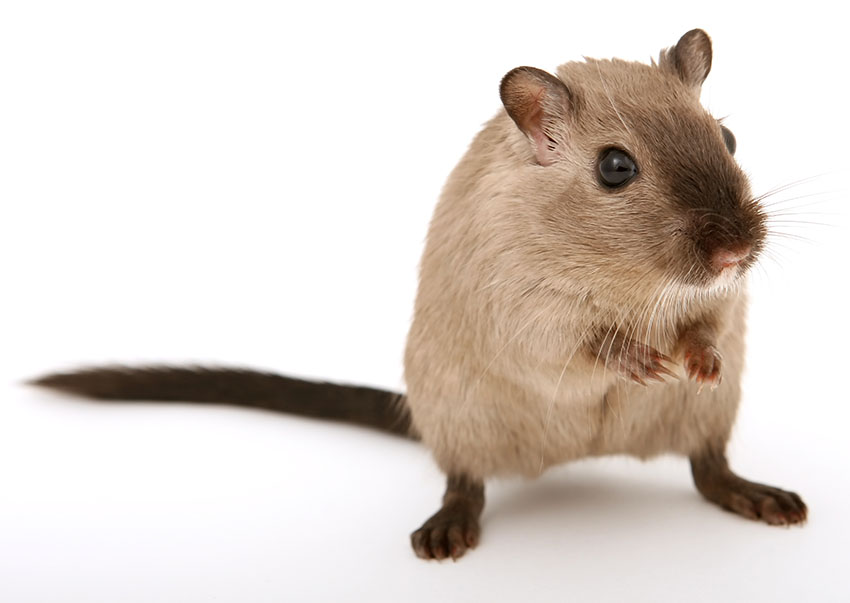
Gerbil Behavior and Socialization
Gerbils are social animals, and understanding their behavior will help you create a happy, peaceful environment for them.
Are Gerbils Social Animals?
Yes! Gerbils are highly social and prefer living in pairs or small groups. It’s best to keep gerbils in same-sex pairs or small family groups to avoid fighting. If you’re introducing new gerbils, it’s important to do it slowly and in a neutral space to prevent aggression.
How to Introduce Gerbils to Each Other
Introducing new gerbils can be tricky. Start by placing their cages next to each other so they can get used to each other’s scent. After a few days, allow them to meet in a neutral area under supervision. Always be ready to separate them if signs of aggression occur, like biting or chasing.
Handling and Taming Your Gerbil
Gerbils can be tamed and enjoy interacting with humans, but it takes time and patience. Start by letting them get used to your scent—place your hand in the cage and allow them to come to you. Once they’re comfortable, gently scoop them up, being careful to support their entire body. Avoid grabbing gerbils by the tail, as this can cause injury.
Common Behavioral Problems and Solutions
If your gerbil seems aggressive, bored, or destructive, they may need more space, toys, or social interaction. Providing them with more enrichment, like tunnels or chewing toys, can often resolve these issues. Stress can also make gerbils act out, so make sure their environment is quiet and stable.
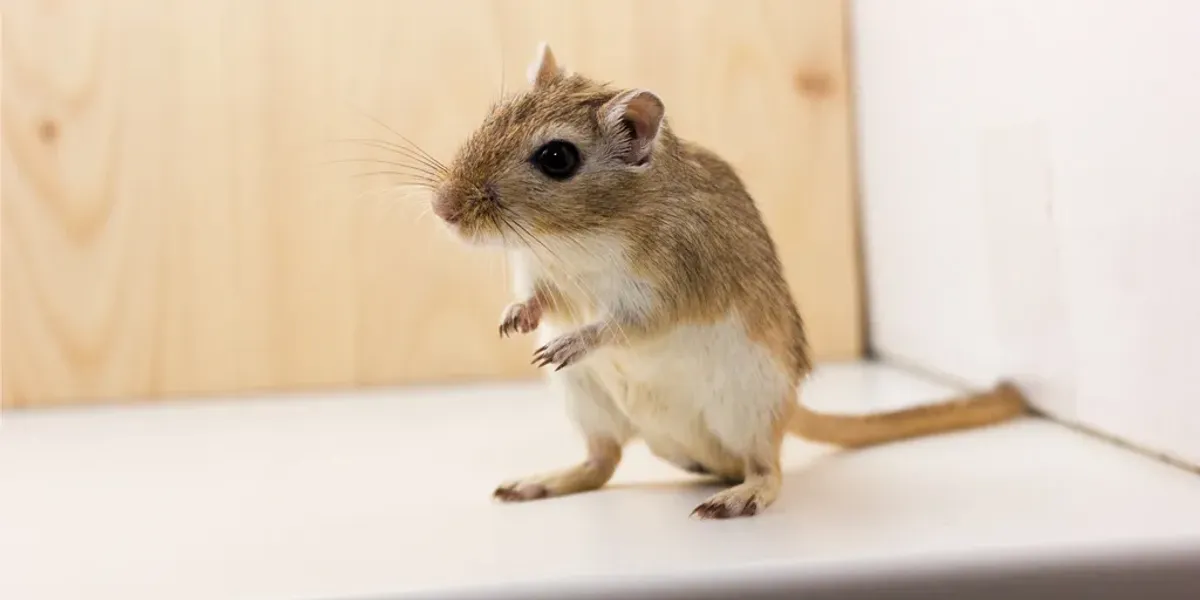
Gerbil Health and Lifespan
Like any pet, gerbils can experience health issues, but with proper care, many of these can be avoided.
Common Gerbil Health Problems
Some common gerbil health problems include respiratory infections, dental issues, and skin irritations. Respiratory problems are often caused by dusty bedding, so make sure to use safe materials like paper-based bedding. Gerbils’ teeth grow continuously, so they need plenty of things to chew on to keep them at a healthy length.
How to Spot Illness in Gerbils
Watch for signs of illness like lethargy, loss of appetite, runny eyes, sneezing, or a scruffy coat. If you notice any of these symptoms, take your gerbil to a vet that specializes in small animals for a check-up.
Dental Care for Gerbils
Gerbils’ teeth grow throughout their lives, so it’s important to provide plenty of chew toys and wooden blocks to help them wear down their teeth naturally. If their teeth become overgrown, they may have trouble eating, which requires veterinary care.
Lifespan and Aging in Gerbils
Gerbils generally live between 3 to 4 years, though with proper care, some may live longer. As they age, they may slow down and become less active, but they’ll still appreciate enrichment and a cozy, clean environment.
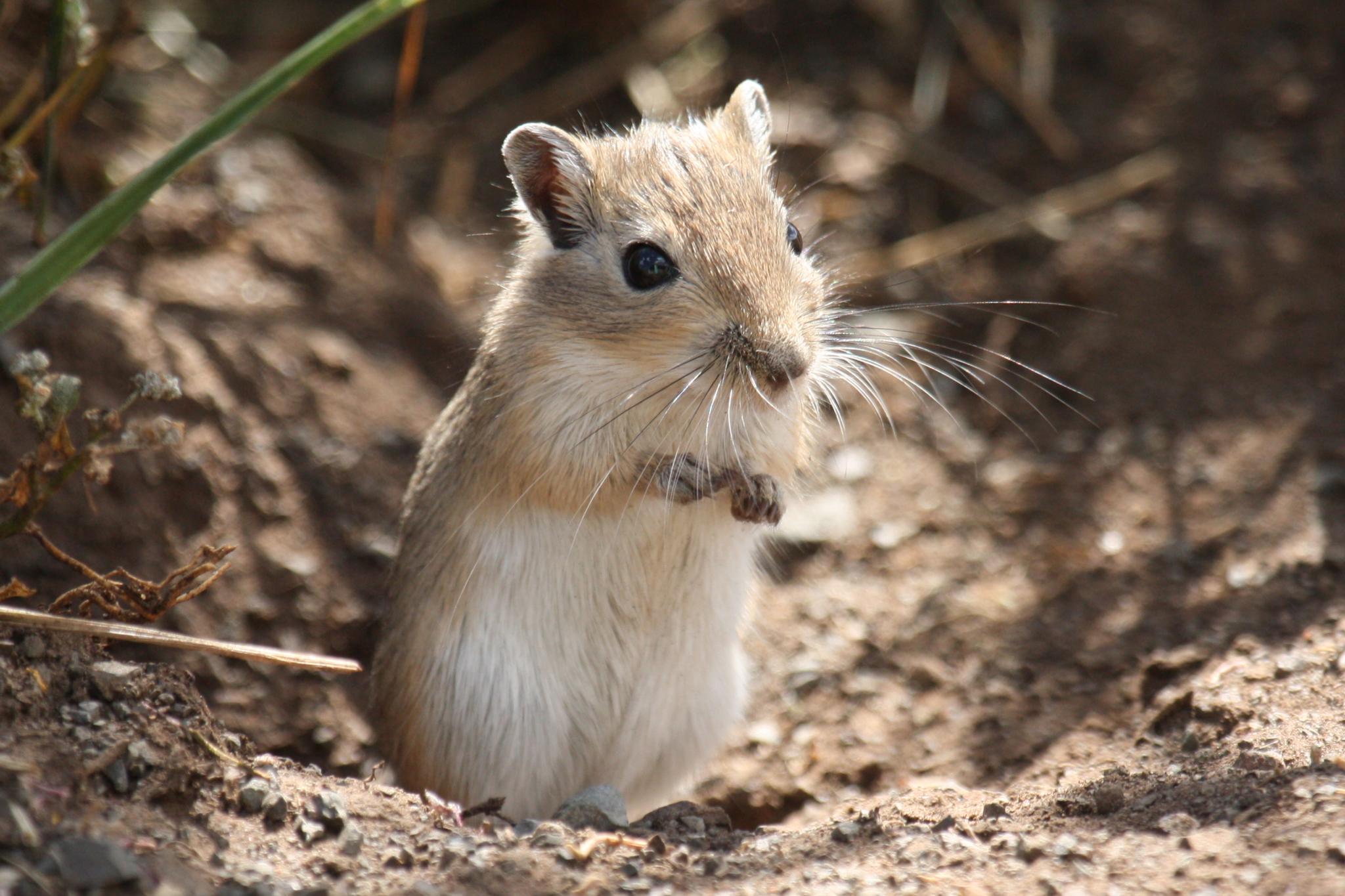
Where to Buy a Gerbil
When looking for a gerbil, it’s important to choose a reputable source to ensure your pet is healthy.
Pet Stores vs. Breeders: Which is Better?
Many people buy their gerbils from pet stores, but it’s worth considering a breeder if you want to know more about your gerbil’s background and health. Breeders often socialize their gerbils from a young age, making them more tame and friendly.
Adoption and Rescue Centers for Gerbils
Another great option is adopting a gerbil from a rescue center. Many shelters have small pets looking for homes, and adopting is a wonderful way to give a pet a second chance.
How to Choose a Healthy Gerbil
When choosing a gerbil, look for one that is active, alert, and has bright eyes. Their coat should be clean and smooth, with no bald spots or wounds. Avoid gerbils that seem lethargic or have runny eyes or noses, as these could be signs of illness.
Final Thoughts on Gerbil Care
Caring for a gerbil is a rewarding experience that brings joy and companionship. By providing them with a comfortable habitat, a balanced diet, and plenty of opportunities for exercise and socialization, you can ensure that your gerbil lives a long, happy, and healthy life. Remember, the key to happy gerbils is understanding their needs and allowing them to express their natural behaviors.
As Mahatma Gandhi once said, “The greatness of a nation and its moral progress can be judged by the way its animals are treated.” Treat your gerbils with kindness and respect, and they will reward you with endless entertainment and affection.

